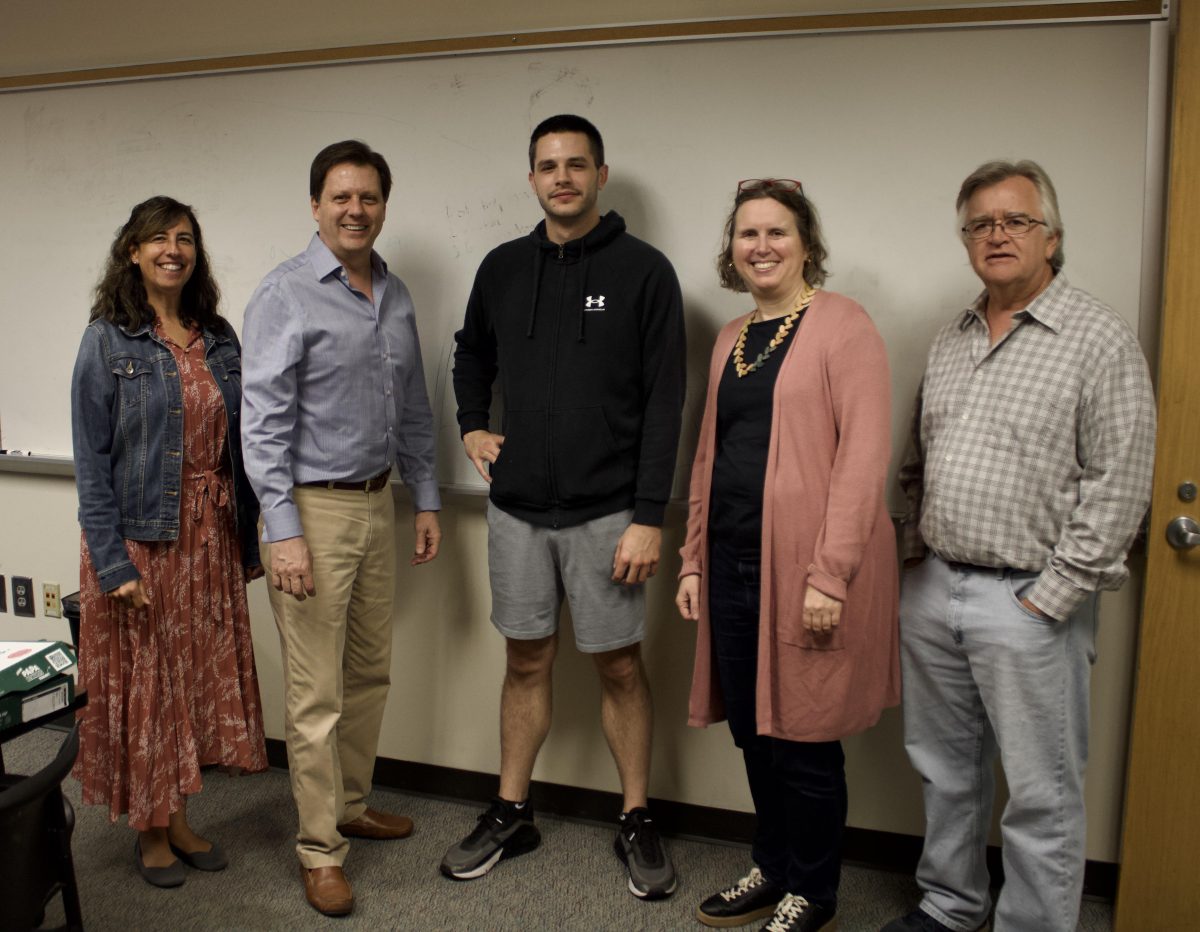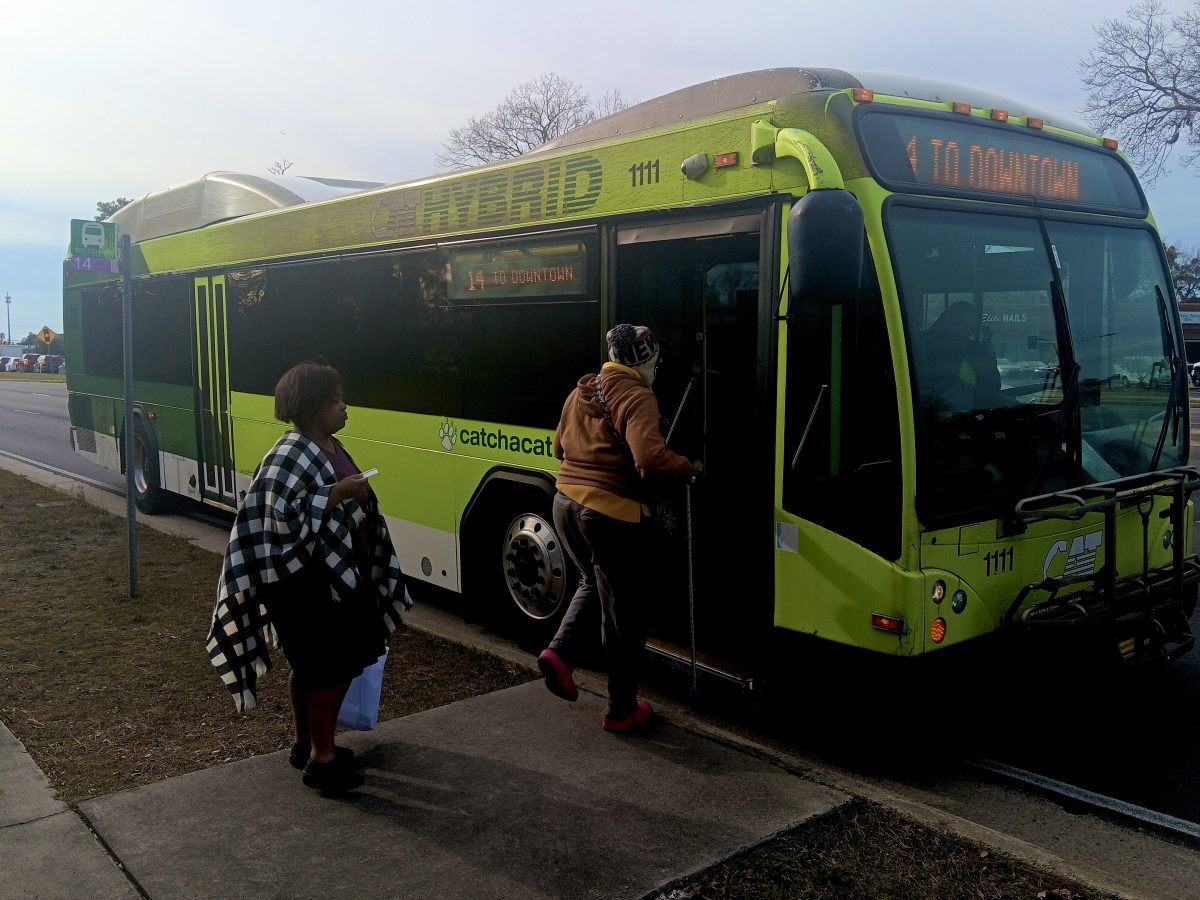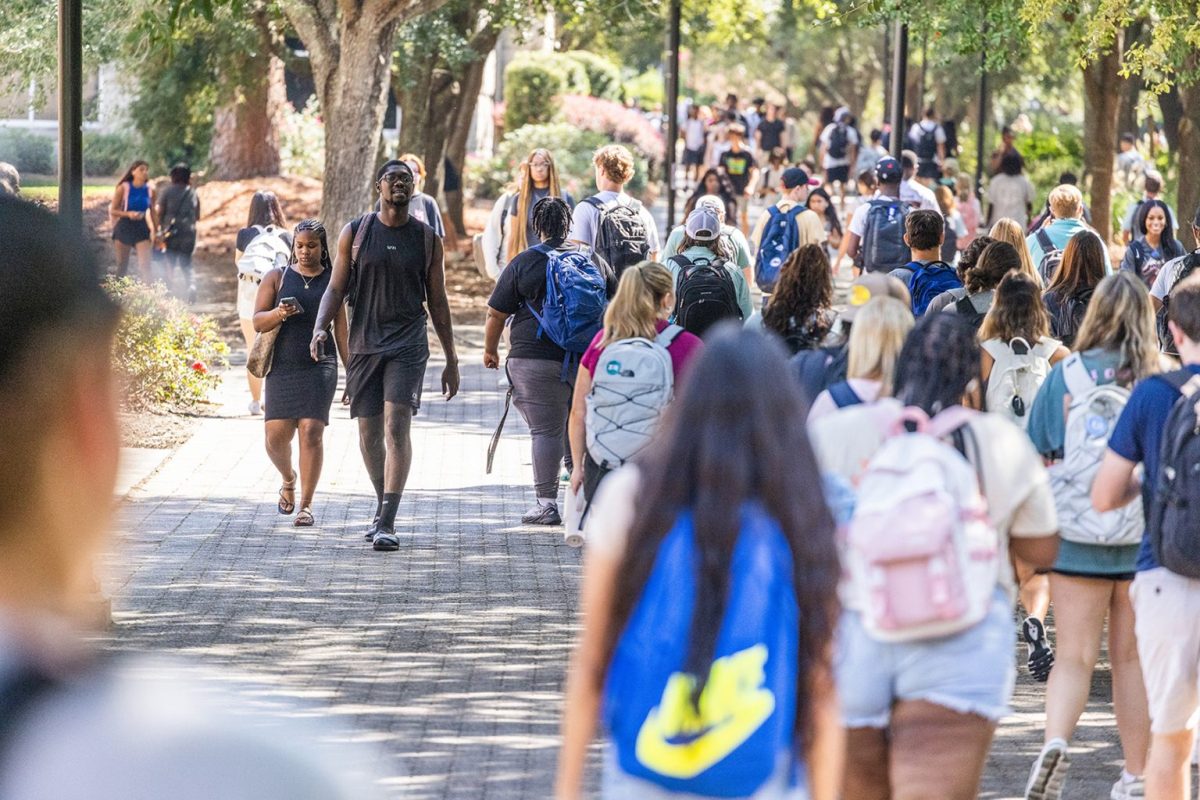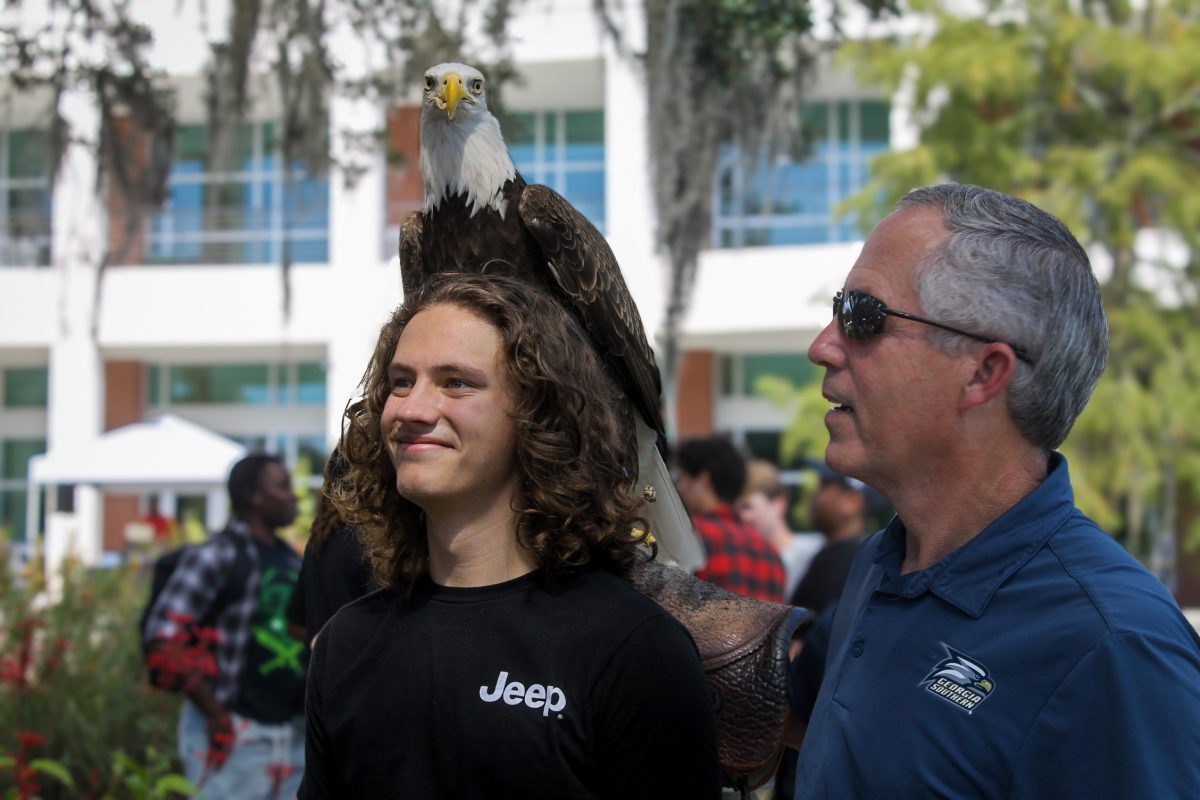By Alexandre Iglesias, Staff Writer

This past-Friday, Armstrong hosted the speech of Dr. Cameron Coates, PhD in aeronautical engineering. Dr. Coates is also the recipient of a scholarship that allowed him to work in the Marshall Space Flight Center (MSFC), the largest of the many centers that the National Aeronautics and Space Administration(NASA) has across the United States.
This center, located in Huntsville Alabama, is related with one of the most infamous moments in US history, Operation Paperclip: the covert operation that included a huge amount of scientist and researchers from Nazi Germany brought to the United States because of their relationship with the center of Germany’s advanced military technologies.
One of the many scientist associated with Operation Paperclip, was Wernher von Braun, Nazi engineer and developer of the V2 missiles. He was given a contract and assigned with the US Ordnance Corps, ending up in the space program that would build the MSFC. The MSFC established major advancement for the US including the Saturn launch vehicles for the Apollo Space program, most of the modules of the ISS (made by Boeing but in the MSFC facilities) and the design of the Hubble Space Telescope.
After this brief history lesson, Dr. Coates talked about the Mars itinerary planned by NASA. The space agency plans to put a crew in the Exploration Mission 1 by 2019. That will be the first planned trip of the Space Launch System (SLS).
The Exploration Mission 2 (EM2), planned for 2022/23, is designated to be the first manned space travel, also powered by the SLS. This will be the last part of the lead up to the Earth Independent Colony in Mars. Planned to begin by the year 2030, the Earth Independent Colony will be completely self-regulated and totally independent from Earth. This mission will pave the way to more colonization and test the entry, descent and landing, and resource use in practice.
Taking advantage of the moment, I asked Dr. Coates if these programs are expected to have communications with Earth or they are going to be totally isolated? He responded that NASA is hoping to have communication beyond the Moon by that time, helping to establish connections with Martian colonies.
All these plans wouldn’t be possible without the core of the new NASA space program, the SLS. Acronym for Space Launch System, the SLS is the most powerful rocket ever designed by the NASA with the largest and most powerful, solid-propellant-booster ever built.
It’s here where the speech turned more technical. Dr. Coates started to talk about the extremely high-level test standards of the different tiny components of the SLS, that include, structural integrity, system operations. All these components are measured and verified so that any problem can be caught with enough time to be corrected.
Even when I didn’t understand a lot of concepts (history major sorry) I found it amazing witness the extreme environment that the engineers put those pieces to the test in, all to prevent future catastrophes. The information presented would be interesting to just about anyone on this planet, because who never dreamt about exploring and conquering the last frontier, outer space?













